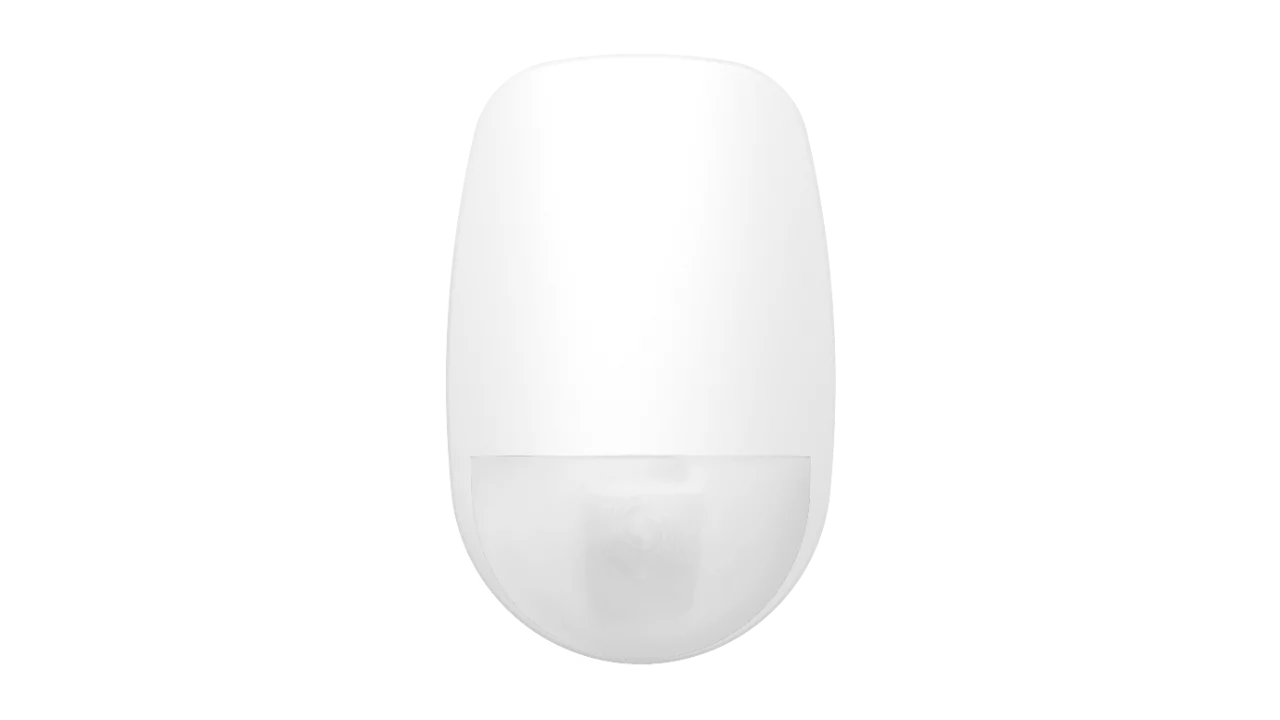Face Detection, Capture, & Recognition: How CCTV Gets Smarter
In today's technologically advanced era, CCTV surveillance systems have evolved beyond their traditional role of simply recording and displaying video footage. These systems now incorporate sophisticated features that significantly enhance their security capabilities.
A prime example of this advancement is the integration of facial recognition technology. This powerful capability involves a series of sophisticated processes, including:
1. Face Detection
Face detection represents the foundational step in facial recognition within a CCTV system. It involves the sophisticated application of algorithms to systematically analyse each video frame, identifying and locating areas within the frame that exhibit characteristics consistent with the human face.
The system effectively scans the entire video frame, meticulously searching for patterns and features that distinguish a human face from other objects within the scene. Once a potential face is detected, the system typically highlights this region with a bounding box, visually indicating its identification.
Crucially, face detection itself does not involve individual identification. It simply marks the presence of a face within the frame, serving as a crucial precursor to subsequent stages of facial analysis, such as face capture and recognition.
This initial step significantly reduces the workload of human operators by automatically identifying and highlighting areas of interest within the video stream, allowing for more efficient and focused monitoring of relevant activity.
2. Face Capture
Face capture is a critical stage in the facial recognition process. This stage involves meticulously extracting and storing high-quality facial images from the detected faces within the video stream.
Following the initial face detection process, the system accurately captures a clear and detailed image of the detected face. These captured images are then systematically stored within a dedicated database for future use. This comprehensive database of facial images serves as a valuable resource for subsequent facial recognition tasks, whether for security purposes, investigative analysis, or access control applications.
Face capture offers significant benefits by providing a valuable archive of clear visual evidence. This stored data can be readily accessed for subsequent analysis, enabling investigators to determine who has been present in a specific area, track individual movements, and gain valuable insights into past events.
3. Face Recognition
Face recognition represents the pinnacle of facial analysis technology. It involves the sophisticated comparison of a captured face image to a database of known faces. This process is significantly more complex than simple face detection and capture, requiring in-depth analysis of intricate facial features.
The system meticulously examines a multitude of facial characteristics, including the distance between the eyes, the unique shape of the nose, the angle of the jawline, and other distinctive features. By analysing these subtle variations, the system attempts to establish a match between the captured face and existing entries within the database.
Successful matching enables the system to identify the individual or verify their identity. This powerful capability finds widespread application in various domains, including user authentication for secure access control. For example, facial recognition can be utilised to grant or deny access to restricted areas, ensuring that only authorised individuals are permitted entry.
Applications of Face Recognition:
Face recognition technology has become increasingly prevalent, finding applications in diverse settings such as:
- Airports: For enhanced security screening and passenger identification.
- Shopping Malls: To monitor customer behaviour, prevent theft, and personalised shopping experiences.
- Banking: For secure customer authentication and fraud prevention.
- Government Buildings: To enhance security measures and facilitate access control for authorised personnel.
Conclusion and Comparison
These three distinct stages (Face Detection, Face Capture, and Face Recognition) work in concert to enable advanced facial analysis within CCTV systems.
Face Detection serves as the foundational step. It involves the systematic identification and location of human faces within the video stream. This initial stage does not involve individual identification but rather pinpoints the presence of a face within the frame.
Face Capture follows, meticulously extracting and storing a high-resolution image of the detected face. This crucial step ensures the availability of high-quality visual data for subsequent analysis and recognition purposes.
Face Recognition represents the pinnacle of this process, involving the sophisticated comparison of the captured face image against a database of known faces. This advanced technology enables the system to accurately identify individuals or verify their identity, significantly enhancing security and surveillance capabilities.
Benefits
The synergy between Face Detection, Face Capture, and Face Recognition empowers modern CCTV systems to deliver highly efficient and effective security solutions.
In airports, for instance, these technologies play a crucial role in verifying passenger identities, streamlining security checks, and preventing unauthorised individuals from entering restricted areas. Similarly, in shopping malls, these technologies can be leveraged to identify and provide personalised services to VIP customers while simultaneously monitoring suspicious individuals to enhance overall security.
By seamlessly integrating these advanced technologies, CCTV systems transcend their traditional role of passive observation. They evolve into proactive and responsive security systems, providing greater control over the monitored environment and enabling more informed and targeted security measures.

